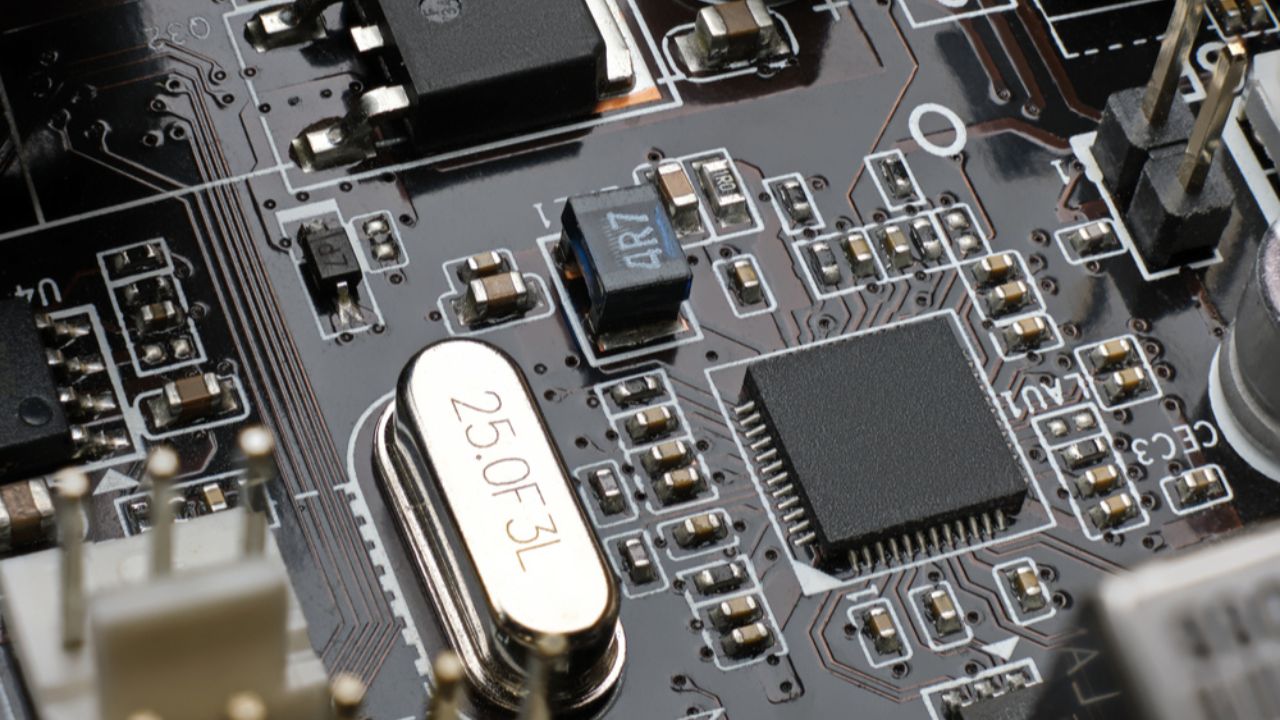The bulk crystal oscillator device delivers precise and stable frequency outputs through electronic operation. Electronic devices, along with communication systems and computers, depend on bulk crystal oscillators. It is their essential power component. The manufacturing of these oscillators requires quartz crystals to produce frequency vibrations through an electrical power supply. The crystal vibration enables stable signal transmission, which makes these devices vital for timing applications. The market features various Bulk Crystal Oscillator designs that serve different performance needs across specific applications.
BT-Cut Crystal Oscillators
The design of BT-cut crystal oscillators matches AT-cut oscillators, yet they operate at higher frequencies. The cutting angle of these oscillators differs from standard procedures; thus, they show higher sensitivity to temperature variations. These crystals serve applications that require high-frequency signals because they find use in radio and telecommunication equipment. BT-cut oscillators maintain less stability than AT-cut oscillators in environments with temperature fluctuations.
SC-Cut Crystal Oscillators
The SC-cut crystal oscillator represents an advanced bulk crystal oscillator design that demonstrates exceptional precision. Stress-compensated oscillators use the initial letters “SC” to indicate their ability to minimize external pressure and temperature variations. High-end laboratory equipment, satellite communication, and scientific instruments utilize these oscillators because they need extreme accuracy. The temperature performance capabilities of SC-cut oscillators surpass those of AT-cut and BT-cut oscillators, which makes them suitable for critical applications.
FC-Cut Crystal Oscillators
The FC-cut crystal oscillator exists as an infrequent version of bulk crystal oscillators. The devices serve particular high-frequency applications because they require both superior stability and enhanced performance. These oscillators serve specific military and aerospace systems because they deliver precise frequency control across different operational conditions.
Tuning Fork Crystal Oscillators
Tuning fork crystal oscillators derive their name from the tuning fork design that they display. These devices operate within small and low-power systems, including wristwatches and portable electronic devices. These oscillators function at reduced frequencies compared to other types while providing both high energy efficiency and extended operational duration. Such oscillators deliver adequate precision for general usage but might not meet the requirements of demanding applications.
High-Precision Oven-Controlled Crystal Oscillators
The housing of certain bulk crystal oscillators occurs inside temperature-managed ovens. The devices operate under the name oven-controlled crystal oscillators (OCXOs). The oven operates as a temperature control system to stabilize the crystal so it performs accurately. These oscillators serve applications where minimal frequency variations produce detrimental effects, mainly in GPS systems, telecommunications, and laboratory measurement systems.
AT-Cut Crystal Oscillators
Electronic devices mainly use AT-cut crystal oscillators as their standard oscillator component. The production method for these crystals involves precise angular cutting of quartz, which produces efficient operation across various temperature ranges. The oscillators find their application in clocks along with computers and communication devices because they demonstrate reliable stability and accurate performance.
Conclusion
The various types of bulk crystal oscillators serve different application needs. The most common bulk crystal oscillator type is AT-cut, but SC-cut and oven-controlled oscillators achieve superior precision standards. The high-frequency requirements of BT-cut and FC-cut oscillators match their design purpose, yet tuning fork oscillators serve small electronic devices. The selection of oscillators relies on three main factors, including frequency stability and temperature sensitivity, together with application requirements. The selection process for an electronic system oscillator requires knowledge of the differences between various types of oscillators.
